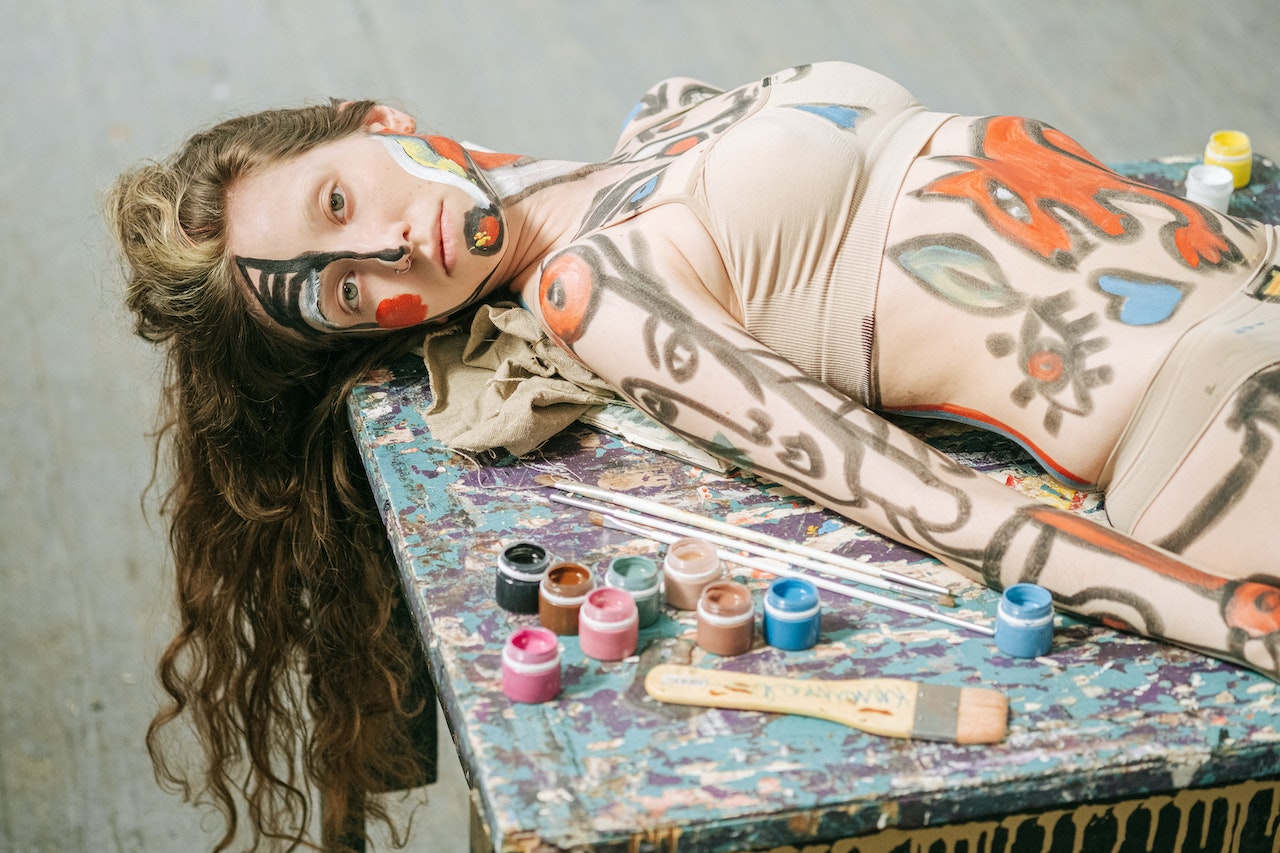Comments
- No comments found

Artificial intelligence (AI) has been making waves in various industries, including the art world.
On the one hand, artificial intelligence has the potential to revolutionize the art industry by creating new opportunities for artists and collectors. On the other hand, some argue that artificial intelligence poses a threat to the authenticity and value of traditional art forms.
Lensa, Jasper Art, and DALL-E are reshaping modern art. AI art won't replace the originality, beauty, emotions and uniqueness created by human artists. Although generative AI art may look promising, it still requires some input from human artists.
In this article, we will explore the ways in which AI is shaping the art world and discuss whether it will save or destroy art.
The rising popularity of artificial intelligence generated art has raised several privacy and ethics concerns.
One of the ways in which AI is shaping the art world is through the creation of AI-generated art. AI algorithms can be trained to generate images, videos, and music that resemble human-made art. Some argue that AI-generated art is a new form of creativity, while others claim that it is nothing more than a gimmick.
Google's DeepDream algorithm, which was trained to recognize patterns in images, created an AI-generated art piece "The Deep Dream".
Another example of AI-generated art is "Ai-Da," a robot artist that creates drawings using a robotic arm and AI algorithms.
Another way in which AI is shaping the art world is by providing artists with new tools to create art. AI algorithms can be used to generate new color palettes, brush strokes, and even entire compositions. This allows artists to explore new creative possibilities and create unique works of art.
Joshua Davis is a popular artist who uses AI algorithms to generate patterns and designs for his digital art.
Zach Lieberman, also relies on AI algorithms to create generative art that responds to human gestures.
AI is revolutionizing the art market, with some companies using AI algorithms to predict art prices and recommend artworks to buyers. However, some argue that the use of artificial intelligence in the art market could devalue traditional art forms and lead to a homogenization of art.
ArtRank uses AI algorithms to predict art prices and recommend artworks to buyers. Artnome is another company, which leverages AI to analyze the art market and provide insights to collectors and investors.
Artificial intelligence is shaping the art world in various ways, from generating new forms of art to providing artists with new tools to create art. While some argue that AI-generated art is a new form of creativity, others claim that it is nothing more than a gimmick. While artificial intelligence can be used as a tool to create art, it may also devalue traditional art forms and lead to a homogenization of art. Ultimately, it is up to society and the art community to decide how they want to use and value AI in the art world.
Leave your comments
Post comment as a guest